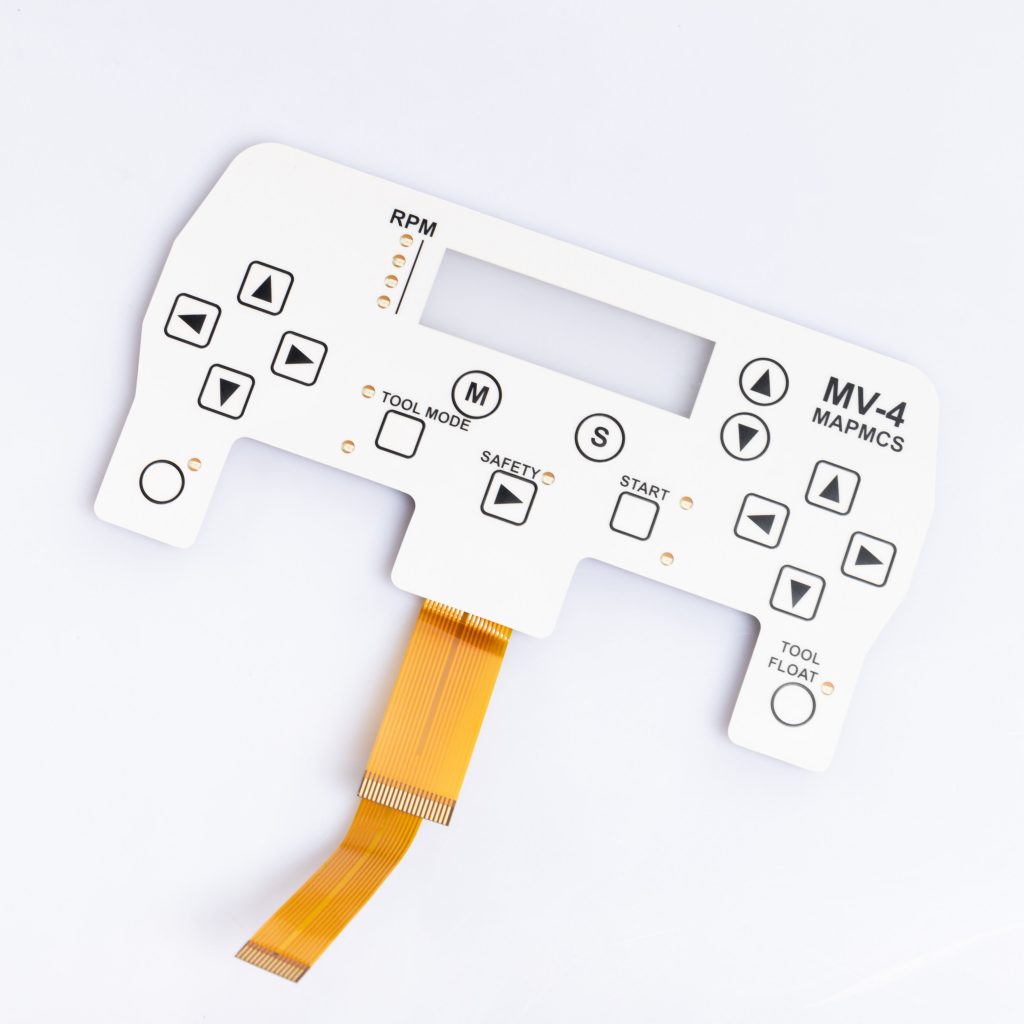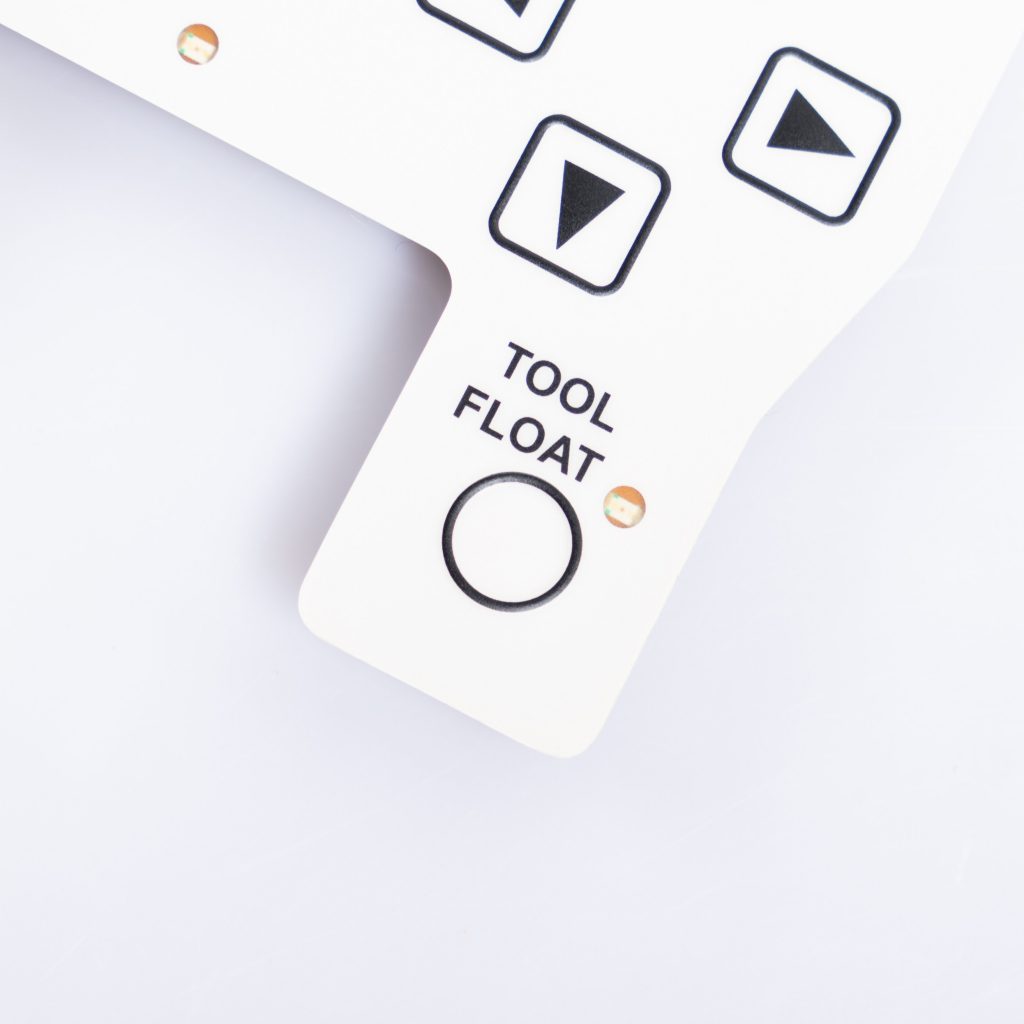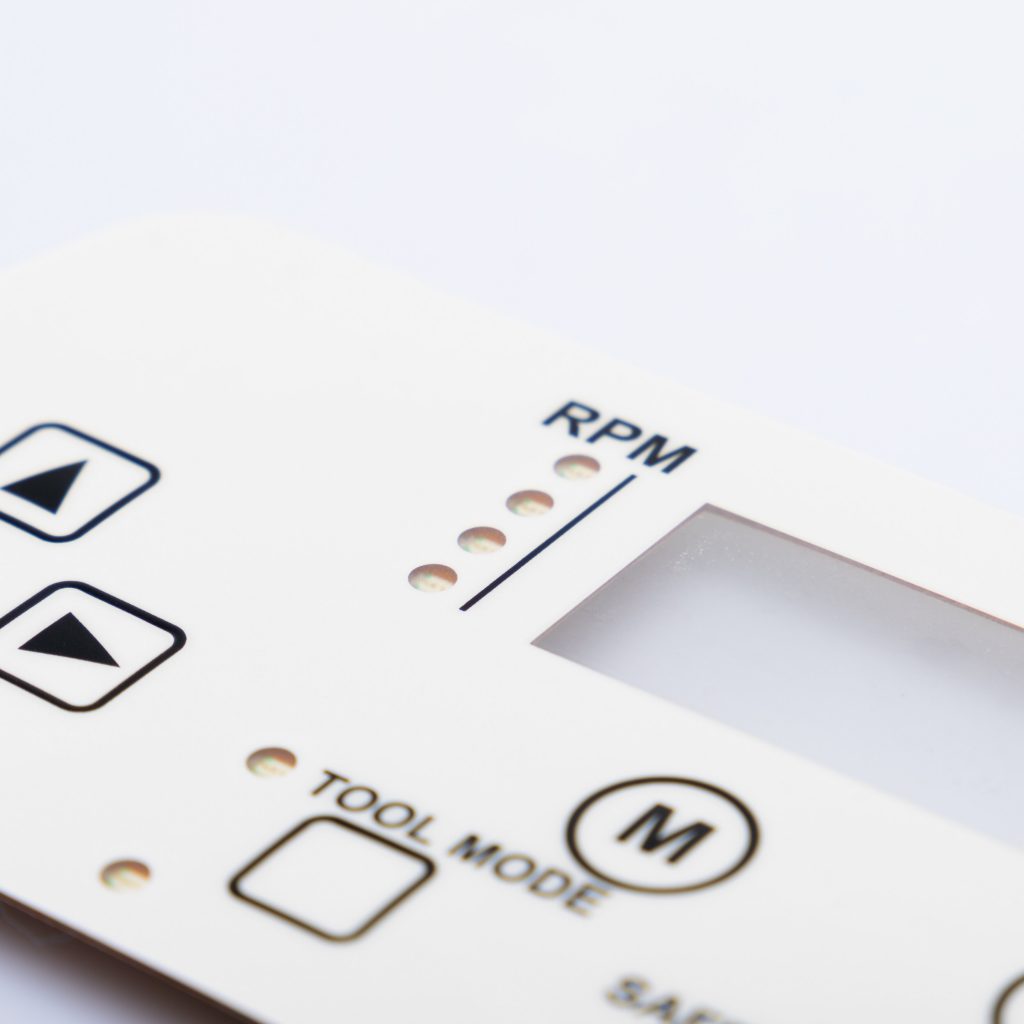Contact
Write to Us And We Would Be Happy to Advise You.
Do you have any questions, or would you like to speak directly with a representative?
By hqt
In today’s rapidly advancing world of technology, electronic equipment plays an indispensable role in our lives. From smartphones to medical devices, electronic equipment surrounds us in various forms. At the heart of these devices, we find membrane switches, which have become a standard interface for user interaction. In this article, we will explore the world of membrane switches, focusing on their standardization and application in electronic equipment. We will delve into the technical aspects, benefits, and challenges associated with membrane switches, as well as their importance in ensuring a seamless user experience.



Membrane switches, also known as membrane keyboards or membrane keypads, are user interface devices that provide an electrical connection between the user and the electronic system. They consist of multiple layers of flexible materials, such as polyester or polycarbonate, with conductive traces and contact points. When a user applies pressure to a specific area on the membrane switch, the layers come into contact, completing an electrical circuit and sending a signal to the electronic device.
Membrane switches offer several advantages that make them a popular choice for electronic equipment manufacturers. Let’s explore some of these benefits:
1. Cost-Effective Solution
Membrane switches provide a cost-effective solution compared to alternative input methods such as mechanical keypads or touchscreens. The simplified design and manufacturing process of membrane switches contribute to their affordability, making them an attractive option for various industries.
2. Customizability and Flexibility
One of the significant advantages of membrane switches is their customizability. Manufacturers can tailor the design, layout, and functionality of the switches to meet specific requirements. Additionally, the flexible nature of the membrane switch allows it to conform to curved surfaces, enabling designers to incorporate them into various electronic equipment seamlessly.
3. Durability and Reliability
Membrane switches are highly durable and reliable, capable of withstanding millions of actuations. The absence of mechanical components, such as buttons or switches, eliminates the risk of wear and tear, ensuring a longer lifespan. Moreover, the sealed nature of membrane switches protects them from environmental factors such as moisture, dust, and chemicals, enhancing their overall reliability.
4. Easy to Clean and Maintain
In applications where hygiene is crucial, such as medical devices or food processing equipment, membrane switches offer a significant advantage. Their smooth and seamless design allows for easy cleaning, preventing the accumulation of dirt, bacteria, or other contaminants. Additionally, the absence of crevices or cavities reduces the maintenance requirements, making them a practical choice in demanding environments.
Standardization plays a vital role in ensuring consistent quality, compatibility, and interoperability across different products. When it comes to membrane switches, standardization focuses on various aspects, including design guidelines, performance specifications, and manufacturing processes. Let’s explore the importance of standardization in membrane switches and its impact on electronic equipment:
1. Design Guidelines and Layout Standardization
Standardization of membrane switch design guidelines establishes a set of best practices for layout, button placement, and labeling. This ensures a consistent user experience across different devices, reducing the learning curve for users and improving usability. Manufacturers can refer to these guidelines to create intuitive and ergonomic interfaces, enhancing the overall satisfaction of end-users.
2. Performance and Electrical Specifications
Standardization of performance and electrical specifications ensures that membrane switches meet certain quality and reliability standards. This includes factors such as actuation force, tactile feedback, electrical resistance, and contact bounce. By adhering to these specifications, manufacturers can guarantee that their membrane switches function reliably and consistently, regardless of the application.
3. Environmental and Regulatory Standards
Standardization also encompasses environmental and regulatory standards, ensuring that membrane switches comply with safety, health, and environmental regulations. These standards address factors such as flame resistance, chemical resistance, and RoHS (Restriction of Hazardous Substances) compliance. Adhering to these standards not only ensures the safety of the end-users but also facilitates international trade by eliminating barriers related to product compliance.
4. Manufacturing Processes and Quality Control
Standardization in manufacturing processes helps streamline production and improves efficiency. It establishes guidelines for materials, adhesives, printing techniques, and assembly methods, enabling manufacturers to produce consistent and high-quality membrane switches. Additionally, standardization plays a crucial role in quality control by defining inspection criteria, testing methodologies, and acceptance criteria, ensuring that every membrane switch meets the desired quality standards.
Membrane switches find application in a wide range of electronic equipment across various industries. Let’s explore some of the key applications where membrane switches are commonly used:
1. Consumer Electronics
In consumer electronics, such as smartphones, tablets, remote controls, and gaming devices, membrane switches provide an intuitive and responsive interface for users. Their sleek design, customizability, and durability make them an ideal choice for handheld devices where space is limited.
2. Medical and Healthcare Devices
Membrane switches are extensively used in medical and healthcare devices, including patient monitoring systems, diagnostic equipment, and laboratory instruments. The smooth and easy-to-clean surface of membrane switches makes them suitable for environments where cleanliness and infection control are critical.
3. Industrial Control Panels
In industrial settings, control panels play a crucial role in monitoring and controlling various processes. Membrane switches offer a reliable and cost-effective solution for industrial control panels, enabling operators to interact with complex systems seamlessly. The ruggedness and resistance to harsh environments make them well-suited for industrial applications.
4. Automotive and Transportation
In the automotive and transportation industry, membrane switches are commonly found in vehicle dashboards, audio systems, and control interfaces. The ability to incorporate backlighting, tactile feedback, and graphic overlays makes membrane switches an excellent choice for automotive applications, providing a visually appealing and user-friendly experience.
5. Aerospace and Defense
In aerospace and defense applications, membrane switches are used in control panels, cockpit interfaces, and navigation systems. The lightweight and compact nature of membrane switches make them suitable for space-constrained environments while ensuring reliable operation in challenging conditions.
6. Appliances and White Goods
Membrane switches also find application in appliances and white goods, such as microwave ovens, washing machines, and refrigerators. The durability, resistance to moisture, and ease of cleaning make them a reliable choice for these household devices, ensuring a hassle-free user experience.
Q1: What is the expected lifespan of a membrane switch?
The lifespan of a membrane switch depends on various factors, including the quality of materials used, the number of actuations, and the operating environment. However, a well-designed and properly manufactured membrane switch can typically withstand millions of actuations, ensuring a long-lasting performance.
Q2: Can membrane switches be backlit?
Yes, membrane switches can be backlit using various methods, such as LED (Light-Emitting Diode) backlighting or fiber optic backlighting. Backlighting enhances the visibility of the switch labels and icons, especially in low-light conditions, making them more user-friendly.
Q3: Can membrane switches be used in outdoor applications?
Yes, membrane switches can be designed and manufactured to withstand outdoor environments. They can incorporate materials and coatings that provide resistance to UV radiation, moisture, temperature fluctuations, and other environmental factors. These features make them suitable for applications such as outdoor kiosks, signage, and industrial equipment used in outdoor settings.
Q4: Are membrane switches compatible with touchscreens?
Yes, membrane switches can be integrated with touchscreens to provide a hybrid user interface. This combination allows users to have tactile feedback and physical buttons alongside the functionality of a touchscreen, offering a versatile and user-friendly interaction method.
Q5: Can membrane switches be used in harsh chemical environments?
Yes, membrane switches can be designed to withstand harsh chemical environments. By selecting appropriate materials and coatings that are resistant to specific chemicals, membrane switches can maintain their functionality and appearance even when exposed to corrosive substances.
Q6: Can membrane switches support multi-level menu structures?
Yes, membrane switches can support multi-level menu structures by incorporating different layers or zones within the switch. These layers can provide additional functionality and allow users to navigate through various menu options, making them suitable for applications that require complex user interactions.
Membrane switches have revolutionized the way we interact with electronic equipment. Their customizability, durability, and cost-effectiveness make them a popular choice across various industries. Standardization plays a crucial role in ensuring the quality, compatibility, and reliability of membrane switches, enabling seamless integration into electronic equipment. With their diverse applications and the continuous advancements in technology, membrane switches will continue to shape the future of user interfaces, enhancing the overall user experience.
Do you have any questions, or would you like to speak directly with a representative?